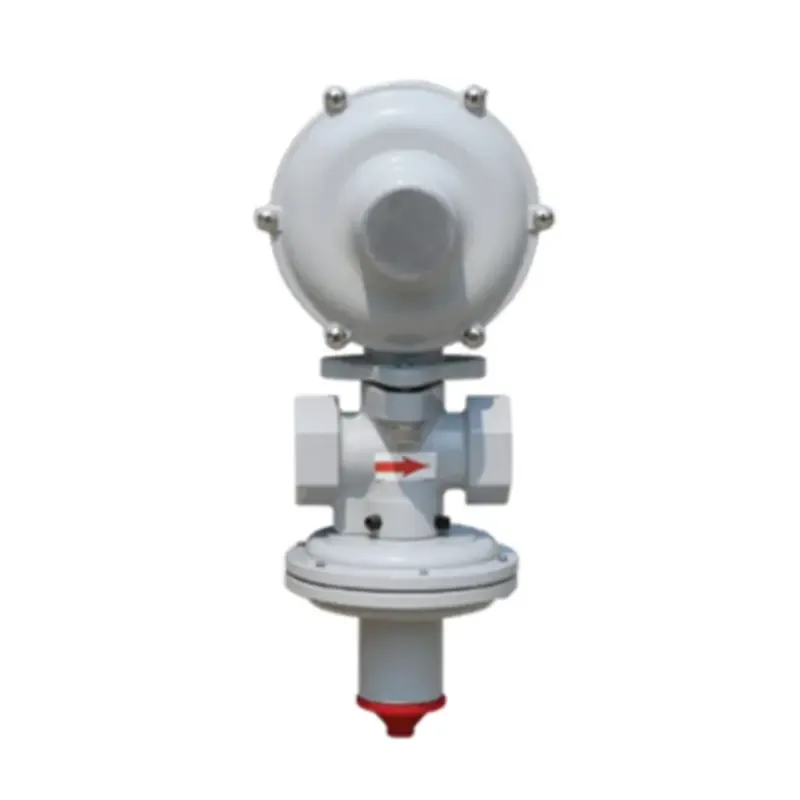
Dec . 18, 2024 05:09
Back to list
أنبوب الضغط
Understanding Pressure Pipes A Comprehensive Overview
Pressure pipes, also known as pressure vessels or conduits, are integral components in numerous industries, ranging from water supply systems to oil and gas extraction. These pipes are specifically designed to withstand high pressure in various applications, ensuring the safe and efficient transport of fluids and gases. In this article, we will explore the design, materials, standards, and applications of pressure pipes.
Design and Engineering
The design of pressure pipes is crucial for their performance and safety. Engineers must consider several factors, including the intended fluid, pressure levels, temperature variations, and environmental conditions. The wall thickness is typically calculated using relevant formulas derived from the material properties and operating conditions, adhering to standards set forth by organizations such as the American Society of Mechanical Engineers (ASME) and the American National Standards Institute (ANSI).
Finite Element Analysis (FEA) is often employed to simulate the pipe's performance under various scenarios, identifying potential failure points before the product is manufactured. This proactive approach helps in optimizing the design, ensuring reliability throughout its service life.
Materials Used in Pressure Pipes
The choice of materials for pressure pipes is critical, as they must endure the internal pressures without deforming or failing. Common materials include
1. Steel Known for its strength and durability, steel is widely used in high-pressure applications. Alloy steels are particularly favored due to their enhanced mechanical properties.
2. PVC (Polyvinyl Chloride) For lower-pressure applications, PVC pipes are a popular choice due to their corrosion resistance and lightweight characteristics.
3. HDPE (High-Density Polyethylene) HDPE is increasingly used in pressure piping due to its flexibility, chemical resistance, and ease of installation.
.
Each material comes with its own set of advantages and limitations, making it essential for engineers to select the appropriate type based on the specifics of the project.
أنبوب الضغط

Standards and Regulations
To ensure the safety and reliability of pressure pipes, various standards and regulations govern their design and manufacturing. In the United States, the ASME Boiler and Pressure Vessel Code (BPVC) outlines the requirements for pressure vessels, including pipes used in piping systems. The International Organization for Standardization (ISO) also provides guidelines that are recognized worldwide.
Compliance with these standards not only enhances safety but also contributes to the longevity and efficiency of the piping system. Regular inspections and maintenance are mandated to identify potential defects early and to ensure ongoing compliance with regulatory requirements.
Applications
Pressure pipes are utilized across a multitude of sectors
- Water Supply Municipal water systems rely on pressure pipes to deliver potable water efficiently and safely to communities.
- Oil and Gas In the petroleum industry, pressure pipes transport crude oil, natural gas, and other hydrocarbons under high pressures from extraction sites to processing facilities.
- Chemical Processing Pressure pipes are essential in chemical production facilities, where they carry corrosive materials at elevated temperatures and pressures.
- Power Generation In power plants, pressure pipes are used in a variety of applications, such as transporting steam and cooling water, critical to maintaining operational efficiency.
Conclusion
Pressure pipes are pivotal in the functionality of various industries, providing safe and reliable transport of fluids and gases. Their design, material selection, adherence to standards, and versatile applications demonstrate the importance of engineering excellence in achieving safety and efficiency. Continuous advancements in materials and technology will likely lead to even more robust and efficient pressure piping solutions, further solidifying their role in modern infrastructure. As industries evolve, so too will the standards and innovations surrounding pressure pipes, ensuring they meet the demands of the future.
Latest news
-
Safety Valve Spring-Loaded Design Overpressure ProtectionNewsJul.25,2025
-
Precision Voltage Regulator AC5 Accuracy Grade PerformanceNewsJul.25,2025
-
Natural Gas Pressure Regulating Skid Industrial Pipeline ApplicationsNewsJul.25,2025
-
Natural Gas Filter Stainless Steel Mesh Element DesignNewsJul.25,2025
-
Gas Pressure Regulator Valve Direct-Acting Spring-Loaded DesignNewsJul.25,2025
-
Decompression Equipment Multi-Stage Heat Exchange System DesignNewsJul.25,2025

